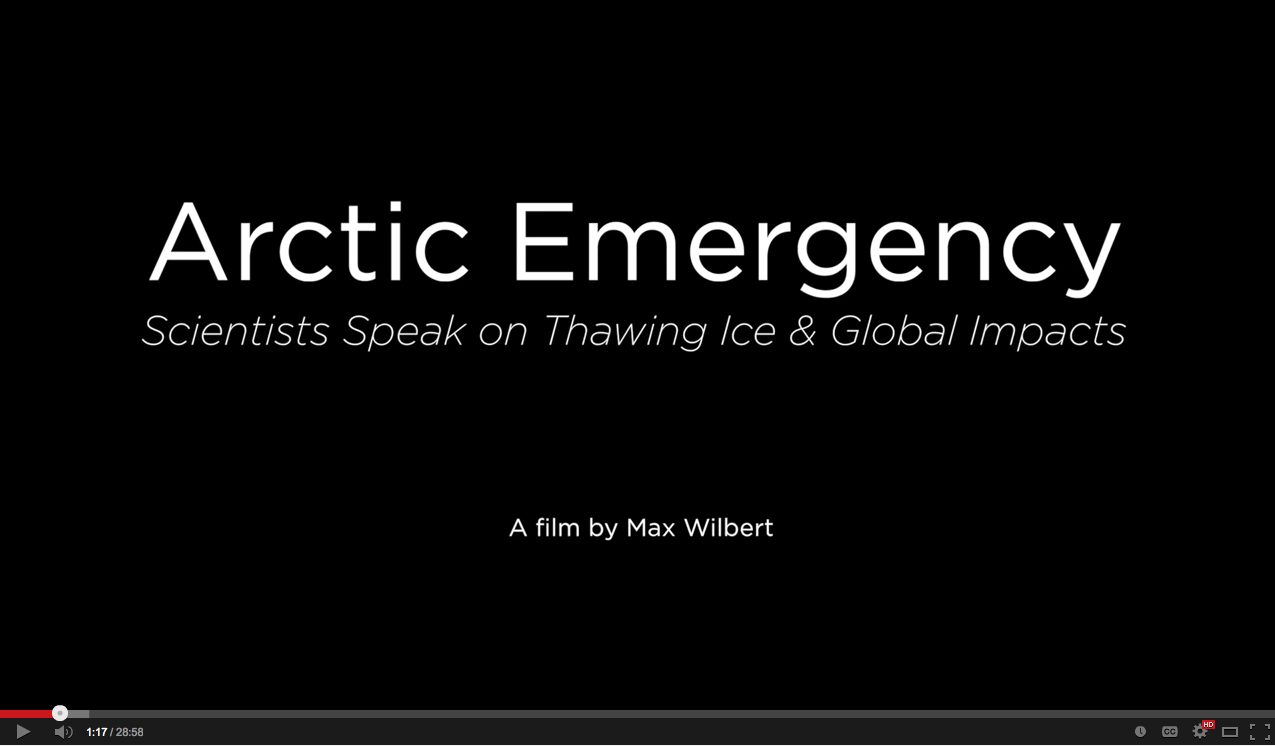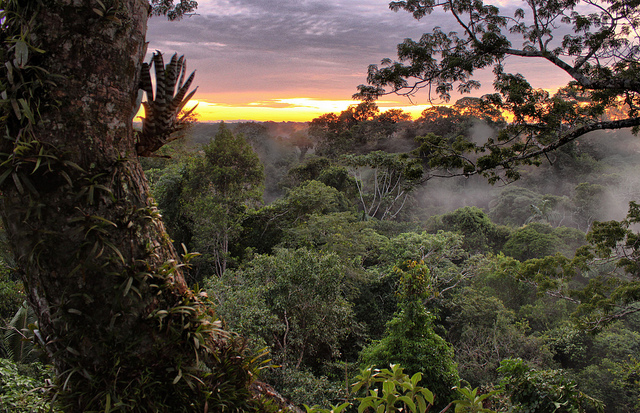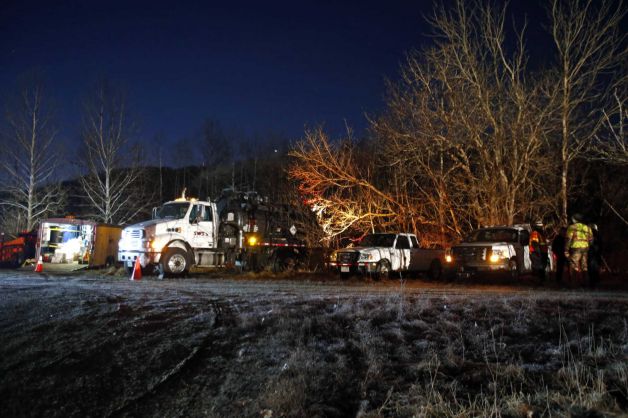By Renee Lewis / Al Jazeera
Climate change may be stunting fish growth, a new study has said. Fish sizes in the North Sea have shrunk dramatically, and scientists believe warmer ocean temperatures and less oxygenated water could be the causes.
The body sizes of several North Sea species have decreased by as much as 29 percent over a period of four decades, according to the report, published in the April issue of Global Change Biology.
The report presents evidence gathered as researchers followed six commercial fish species in the North Sea over 40 years. Their evidence showed that as water temperatures increased by 1 to 2 degrees Celsius, an accompanying reduction in fish size was observed.
It is generally accepted among scientists that decreased body size is a universal response to increasing temperatures, known as the “temperature size rule,” the report said. But before this report, led by scientists at Scotland’s University of Aberdeen, there was no empirical evidence showing this response in marine fish species.
The scientists warned that fish stunting cannot be unequivocally blamed on temperature changes, but they did observe fish stunting across varying species and backgrounds that coincided with a period of increasing ocean temperature.
Other factors that could have influenced fish size include fisheries-induced evolution and intensive commercial fishing — which favors larger specimens. But, the scientists said, these causes would not be likely to affect growth rates across species, which was observed in the North Sea study.
Scientists at the University of Washington have been working on a similar study, looking at many species of fish from Alaska to California. Tim Essington, an associate professor of aquatic and fishery sciences at UW who is working on the study, said he was looking into whether changes in fish body size could be related to environmental parameters.
“We haven’t seen the same strong response,” Essington told Al Jazeera. “But we have seen variation in the sizes of some stocks, like halibut. Its body size has been shrinking sharply over the past 10 years, and has resulted in reduced catch quotas and higher prices at the supermarket.”
He said various factors explain why UW results were different from those of the Scottish team. University of Aberdeen scientists were looking at a much more localized area and a unique data set, and had many more years of data to make comparisons.
Overall, Essington said the Aberdeen findings represented a plausible hypothesis that should be looked at more closely, and that warmer temperatures could explain the stunting.
“Fish aren’t any different than us. It’s all about the difference between how much we eat and how much energy we expend. And they’re arguing that temperature is changing the fishes’ energy versus expension rates,” which could result in smaller sizes, Essington said.
The Aberdeen findings echoed earlier model-derived predictions that fish would shrink in warmer waters. Those projections for future fish size reduction are already being seen in the North Sea, scientists said.
The first global projection of the potential for fish stunting in warmer, less oxygenated oceans was carried out by the University of British Columbia in 2012, and published in the journal Nature Climate Change.
The projection said changes in ocean and climate systems by 2050 could result in fish that are 14 to 24 percent smaller globally.
“It’s a constant challenge for fish to get enough oxygen from water to grow, and the situation gets worse as fish get bigger,” said Daniel Pauly, principal investigator with the University of British Columbia’s Sea Around Us Project, and the co-author of the UBC study.
The study warned that strategies must be developed to curb greenhouse-gas emissions or risk disrupting food security, fisheries and the very way ocean ecosystems work.
From Al Jazeera America: http://america.aljazeera.com/articles/2014/3/19/report-climate-changestuntingfish.html



